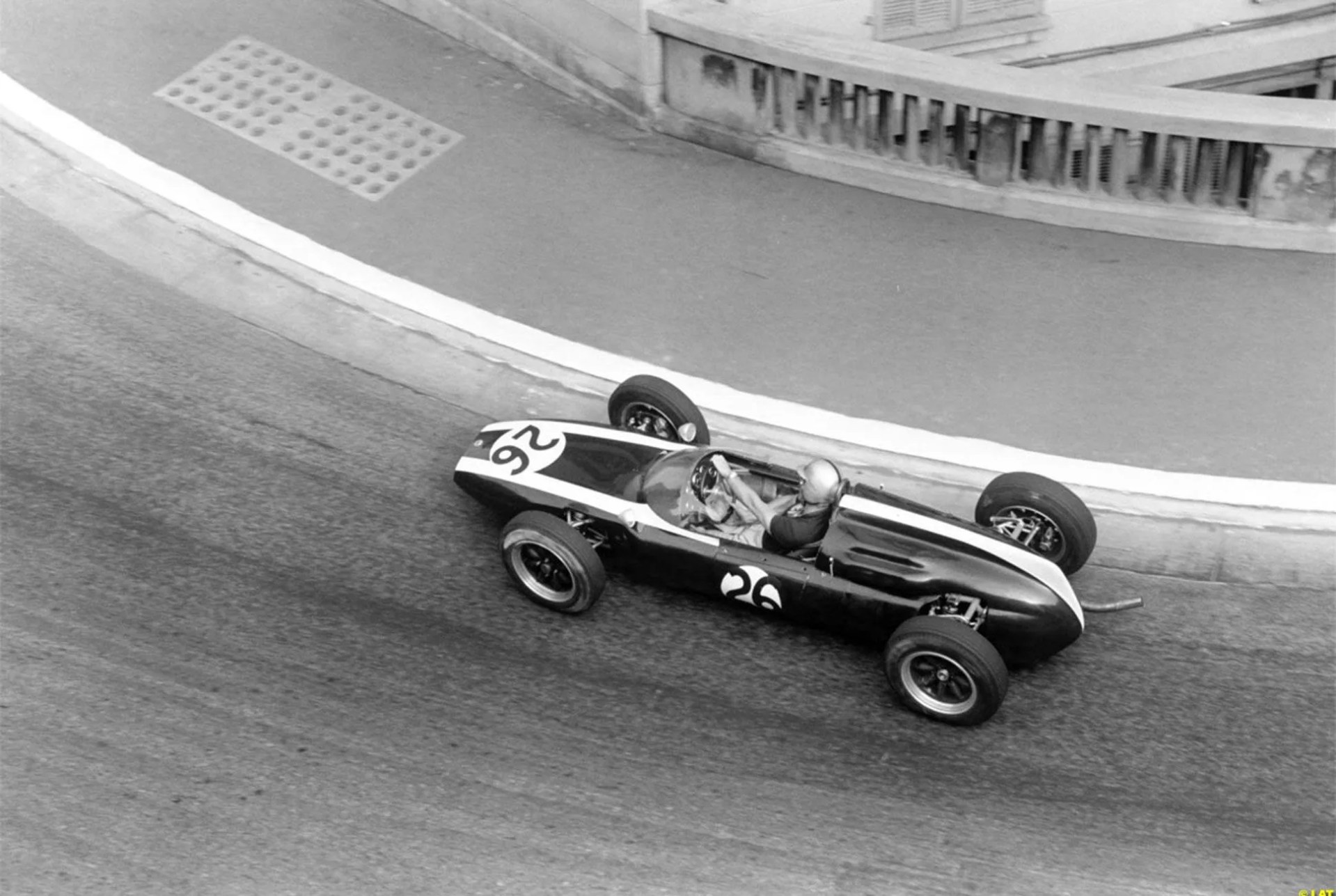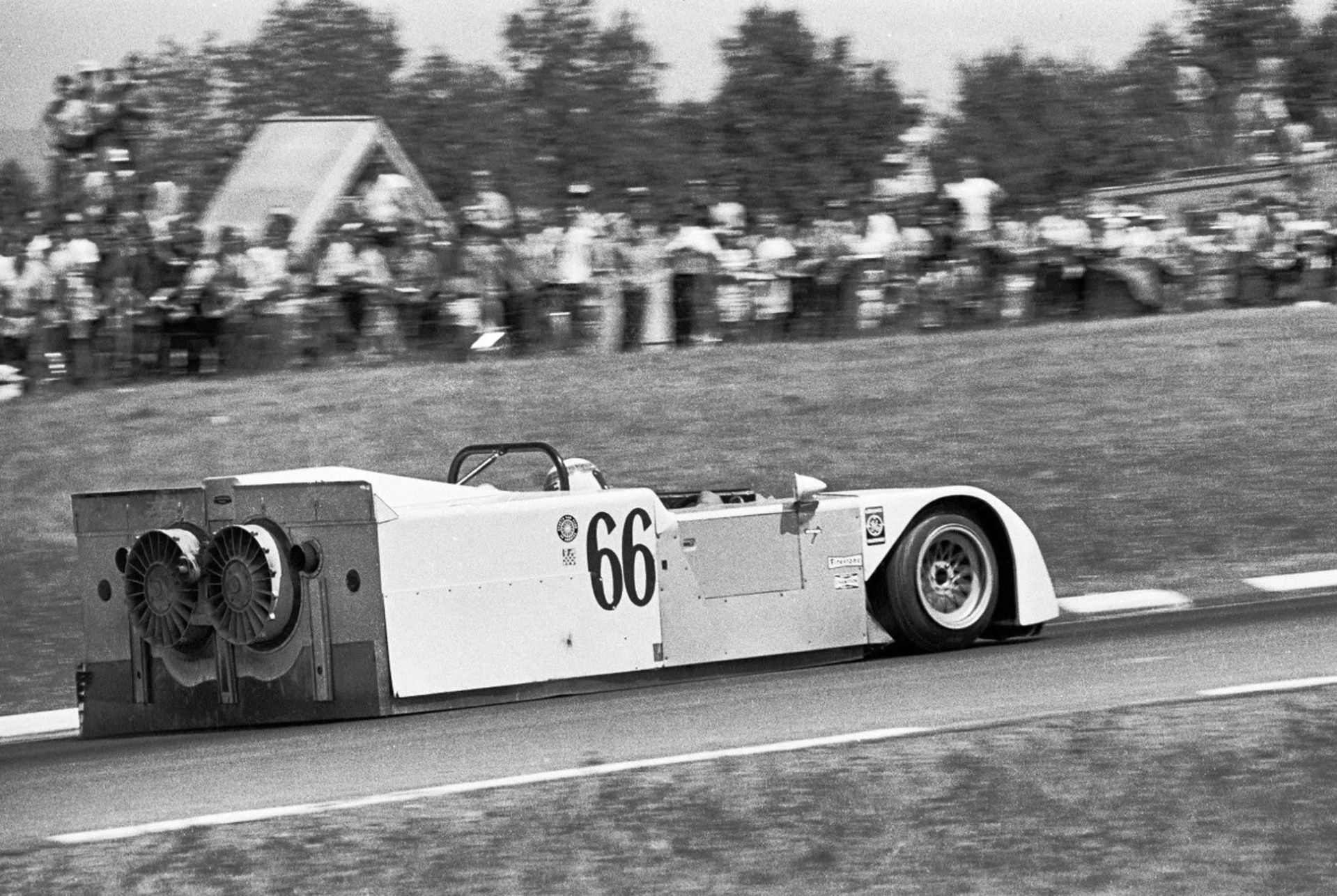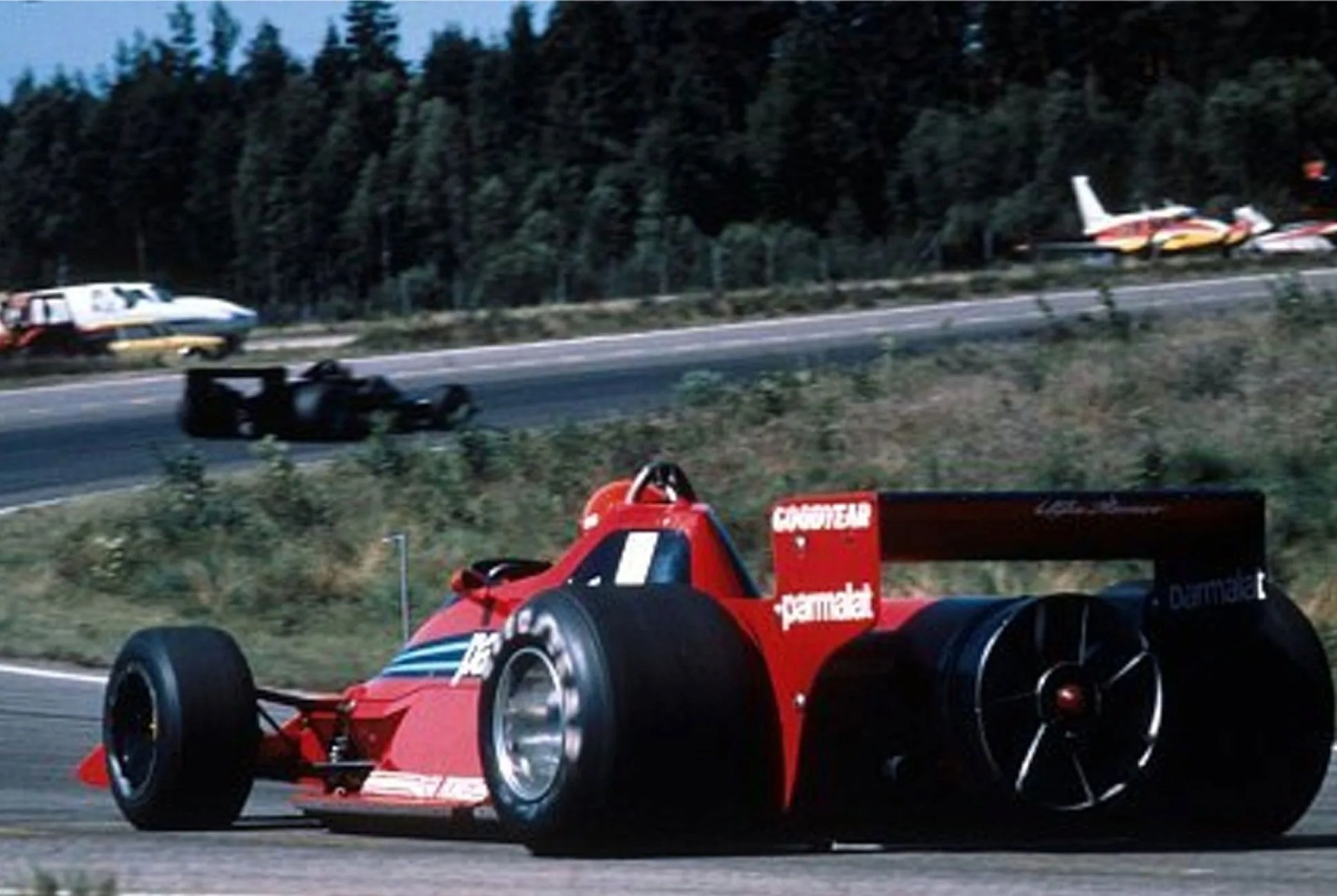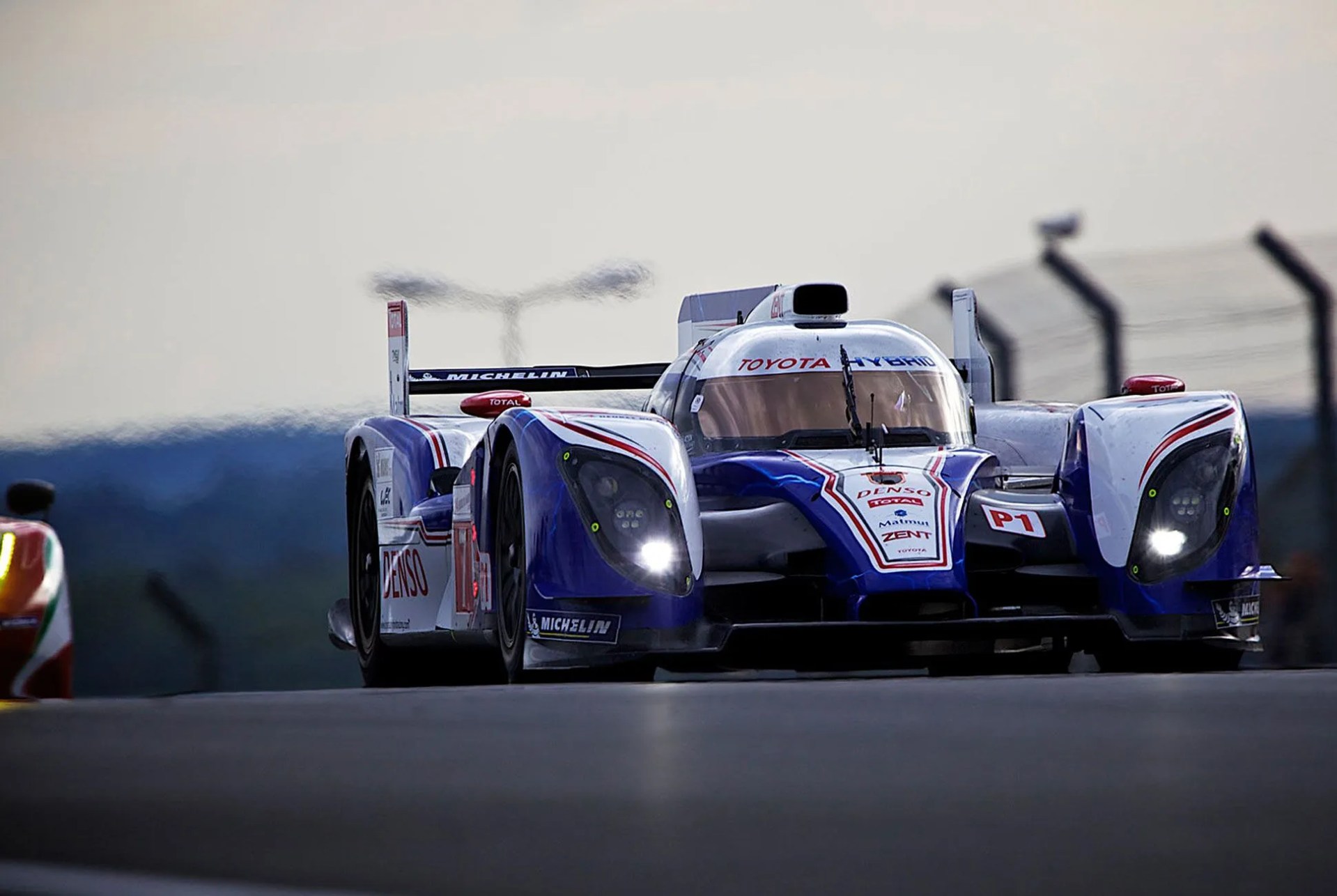
Motorsports are considered a high-speed laboratory where most publicly available automotive innovations are created. Where else can you push the limits of automotive technology in search of maximum performance? Traction control, active suspension, anti-lock braking systems (ABS), continuously variable transmissions (CVTs) — the theater of motorsports gave rise to all of these now-standard features.
But where some designers simply built on their race cars’ predecessors for marginal improvements, others bet the whole farm on unique and wildly unproven technologies, some of which changed motorsports forever. These are nine of the most innovative race car designs to ever circle a track.
Cooper T43

Going against convention in a sport like Formula 1 is a massive gamble. Championships have been won and lost betting on unique innovations. The Cooper T43 blew minds left and right when it became the first Formula 1 car to win with a mid-mounted engine. The T43’s slightly modified future iterations, the T45 and T51, went on to win races and a championship in 1959; it sparked a revolution and laid the groundwork for the layout of every Formula 1 car since.








